Up, Down, and All Around: Connecting Directionality, Laterality, Sensation and Perception to the Importance of Sensory Health in Children
– Written By Dr. Timothy Davis
Sensory health in children is crucial for their overall well-being and development. The sensory
system, often thought of as only 5 senses (actually 8) includes sight, hearing, touch, taste,
and smell. However, there are three additional senses critical to the overall sensory health and
development of children. These include vestibular, proprioception and interoception. We
will refer to these as the “Big 3”. The Big 3 plays a critical role in how children experience and
interact with the world around them. In fact, development is significantly constrained if one or
more of these senses are not functioning properly.
Without the Big 3 MOVING is significantly constrained - especially the ability to move with direction and purpose!
Specifically, direction includes purposely moving up/down/left/right/forward and backward. In addition, moving laterally (ability to move both sides (R/L) of the body are also constrained. Directionality and laterality contribute to a child’s ability and understanding of perception. Or in other words, the child’s brain’s ability to process and interpret all of the environmental stimuli they receive
daily.
Here are some key reasons highlighting the importance of sensory health in children:
Directionality
Refers to the awareness and understanding of different directions, such as up, down, left, right, forward, and backward. Giving children multiple opportunities to practice these patterns and movements is essential to sensory integration and perception. In the context of sensory health, developing a child's sense of directionality is crucial for their spatial awareness and coordination.
Laterality
Involves the awareness and use of one side of the body as dominant (left or right) or in
combination. Developing laterality is essential for tasks that require specific motor skills that
require midline crossing such as kicking and throwing. Laterality also contributes to a child’s
ability to cross-midline effectively. Children who struggle with midline crossing may also have
difficulty with reading!
Sensation and Perception
Sensation refers to the bottom-up process by which our senses such as touch, sound, taste etc. (to include the Big 3), receive and relay external or environmental stimuli. Sensation is part of sensory integration and supports the child's ability to receive and process these inputs contributing to overall sensory health. Perception is the top-down approach as to how the brain organizes and interprets sensory information. We use perception to help the brain create a context to understand the sensory information that is relayed to the brain. Perception allows for the brain and body to adapt and move to the changes that occur as we move through our environment. Creating opportunities for children to engage in directionality, laterality, and perception as young children is essential for their overall development.
The following are our TOP 5 for creating and engaging ideas that promote fun ways to move!
Movement and Dance:
Use music and dance to teach directionality. Play songs that involve movement in different
directions (up, down, left, right) and encourage children to follow along. Incorporate dance
activities that emphasize lateral movements, such as side steps or hopping from one foot to the other. Use the Fit and Fun Playscape Roll-Out Activities® with Zig Zag patterns and the Fun2Moov® Slide to practice motor skill development.
Interactive Games:
Play games that involve movement and spatial awareness such as the Copy Cat game! Copy
Cat can also be played like Simon Says or adapted to include directional commands (Simon
says, "Jump to the left!"). Interactive and cooperative games like "Follow the Leader" reinforce both directionality and laterality. Have children take turns being the leader.
Sensory Pathways:
Create sensory pathways such as the Recenter Reset Super Stickers®! Children love to explore
and move their bodies in various ways. This helps develop the Big 3 and enhance sensation
and perception! Incorporate items such as carrying a football, dribbling a basketball or kicking a soccer ball to encourage tactile exploration, enhance movement and sensory perception.
Body Awareness Activities:
Incorporate activities that increase and encourage body awareness. Encourage children to try
yoga poses and mindfulness movements to promote bilateral coordination and laterality. Use
yoga or stretching exercises that involve reaching in different directions.
Outdoor Play:
Take advantage of outdoor spaces for activities that encourage movement and exploration.
Have children use Reusable Stencils to create pathways to run, jump, and skip in different directions. Use sidewalk chalk to draw arrows or paths on the ground, guiding children to follow the directions.
Consistent Language:
Use consistent language to reinforce directional concepts. Incorporate words like "left"," right"
"up" and "down" regularly in your instructions. Encourage children to repeat the words as they
move or say them out loud.
Remember to tailor all of your activities to the age and developmental level of the children and
allow for plenty of movement opportunities that promote experiential learning. By incorporating
these activities into daily routines, you can create a stimulating environment that works on the
Big 3 while developing directionality, laterality, and perception in young children. Overall, a focus
on sensory health contributes to a child's holistic development and sets the stage for a positive
and enriching childhood experience.


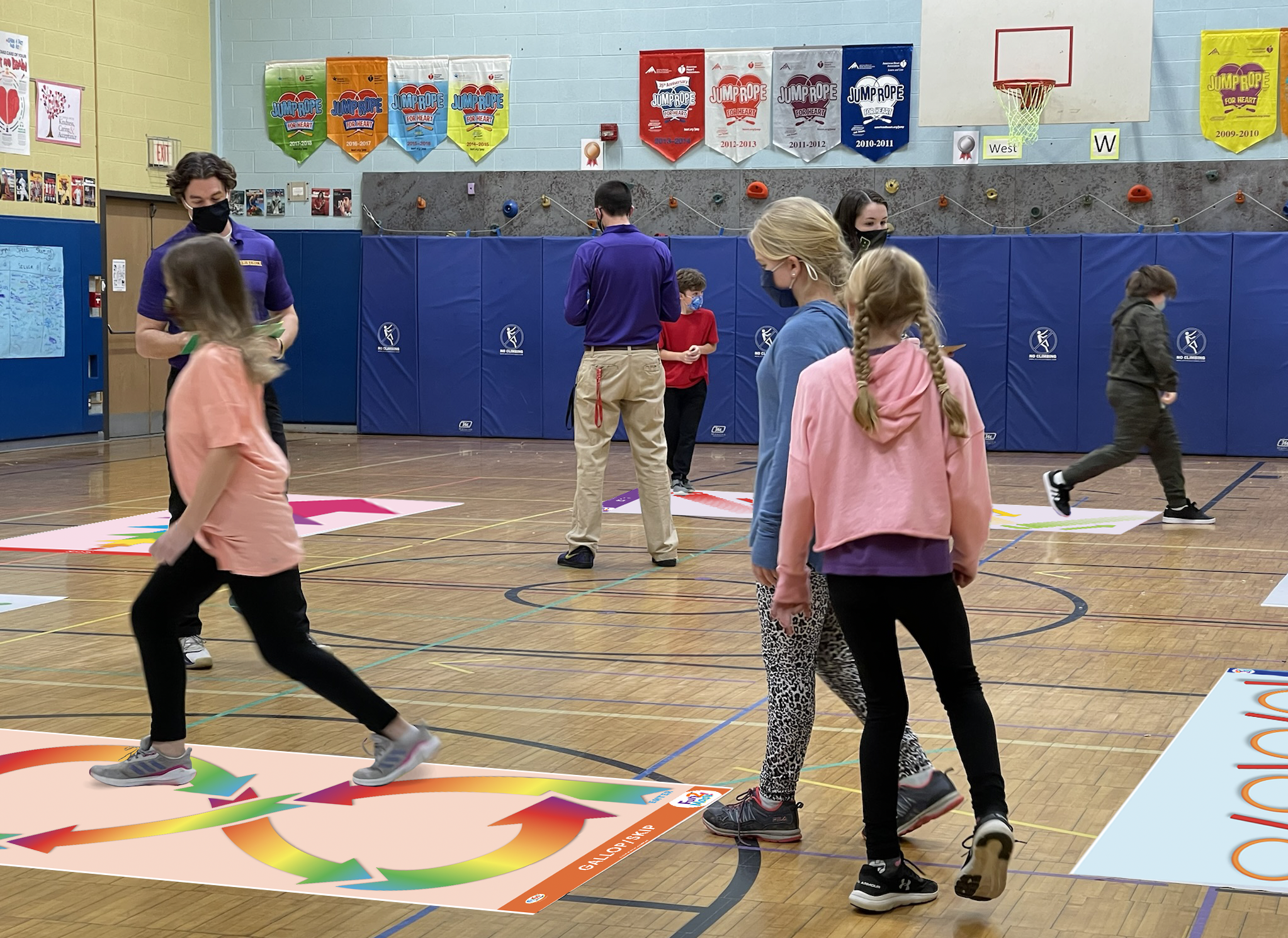
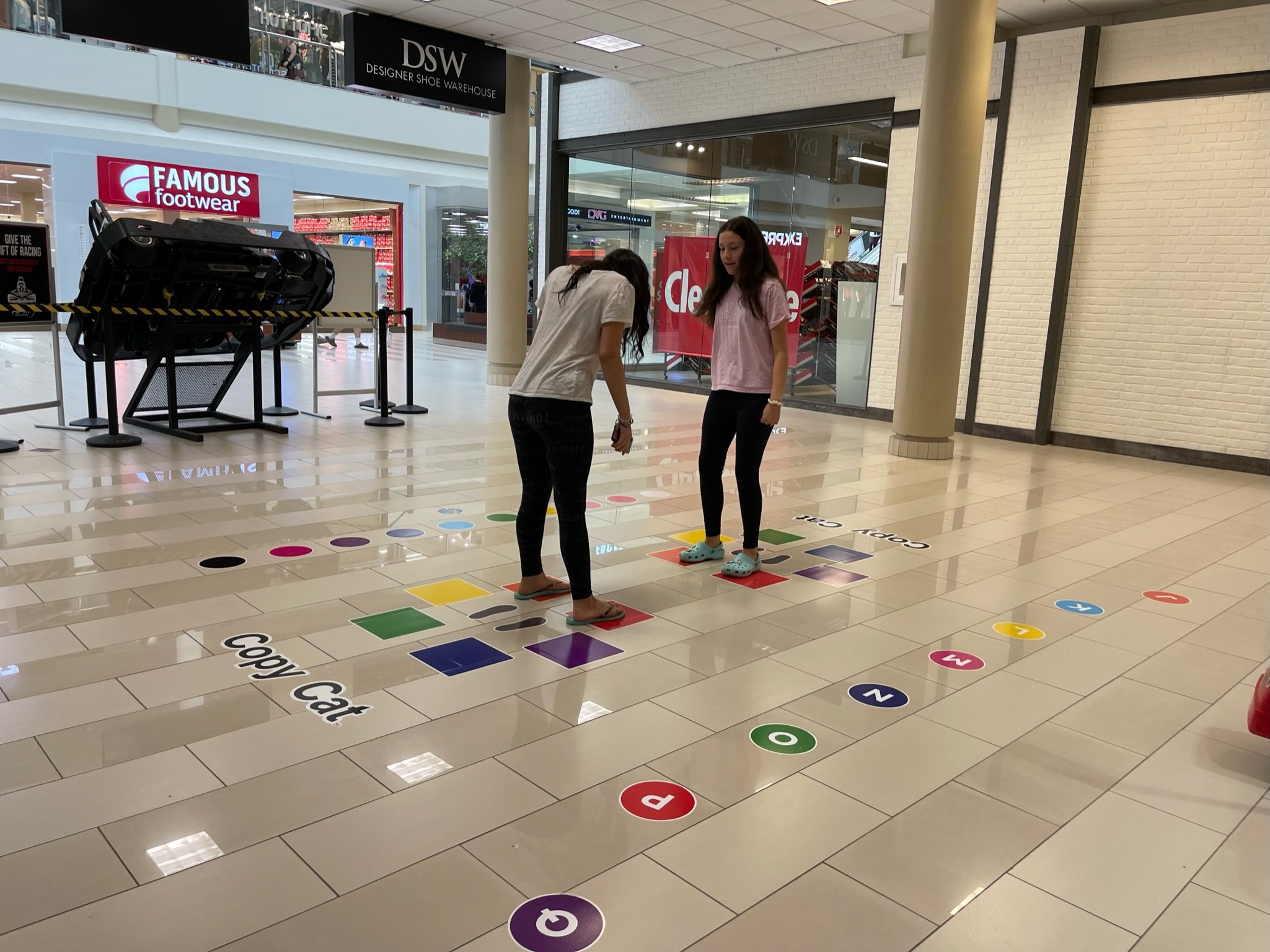
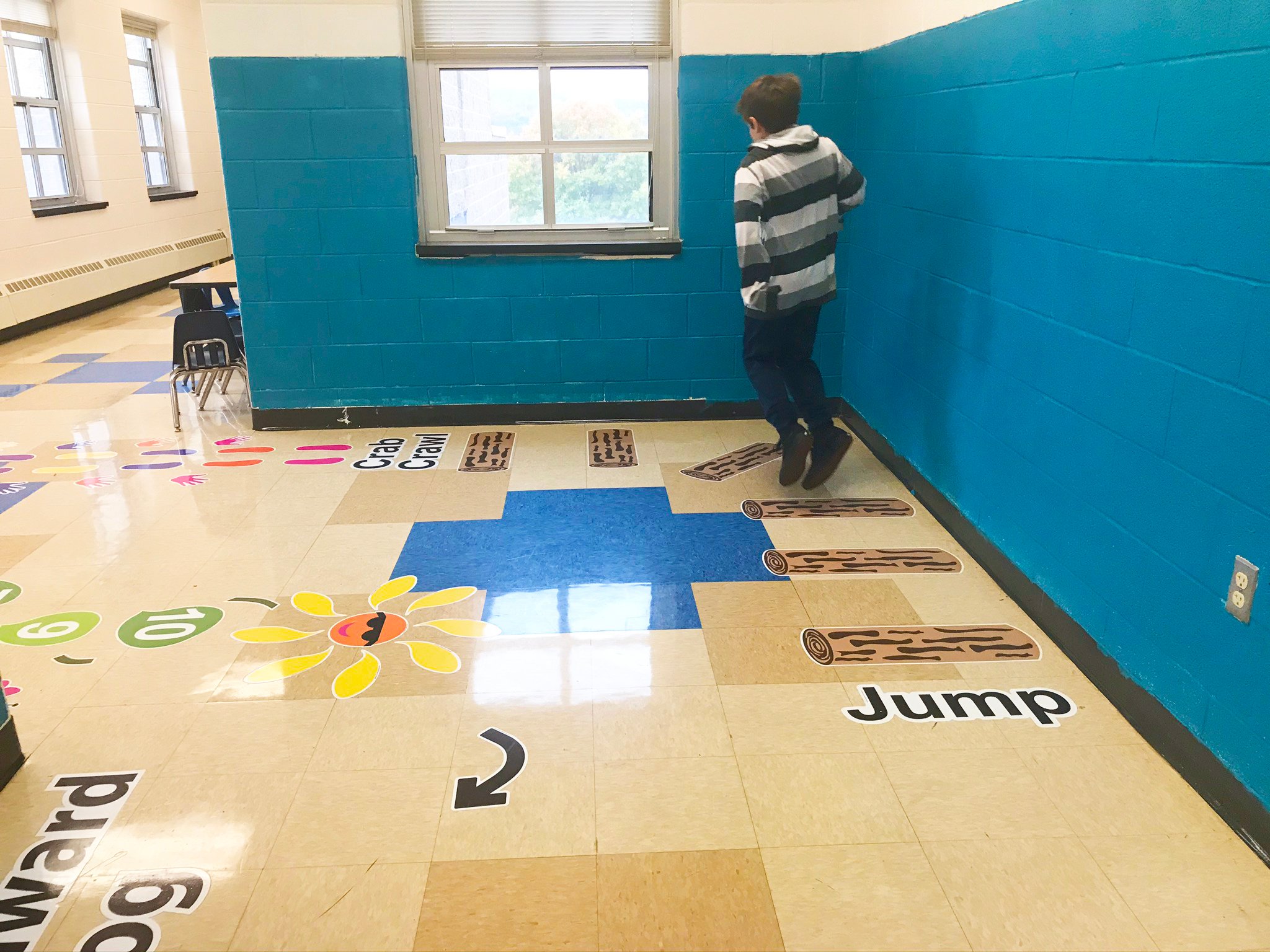
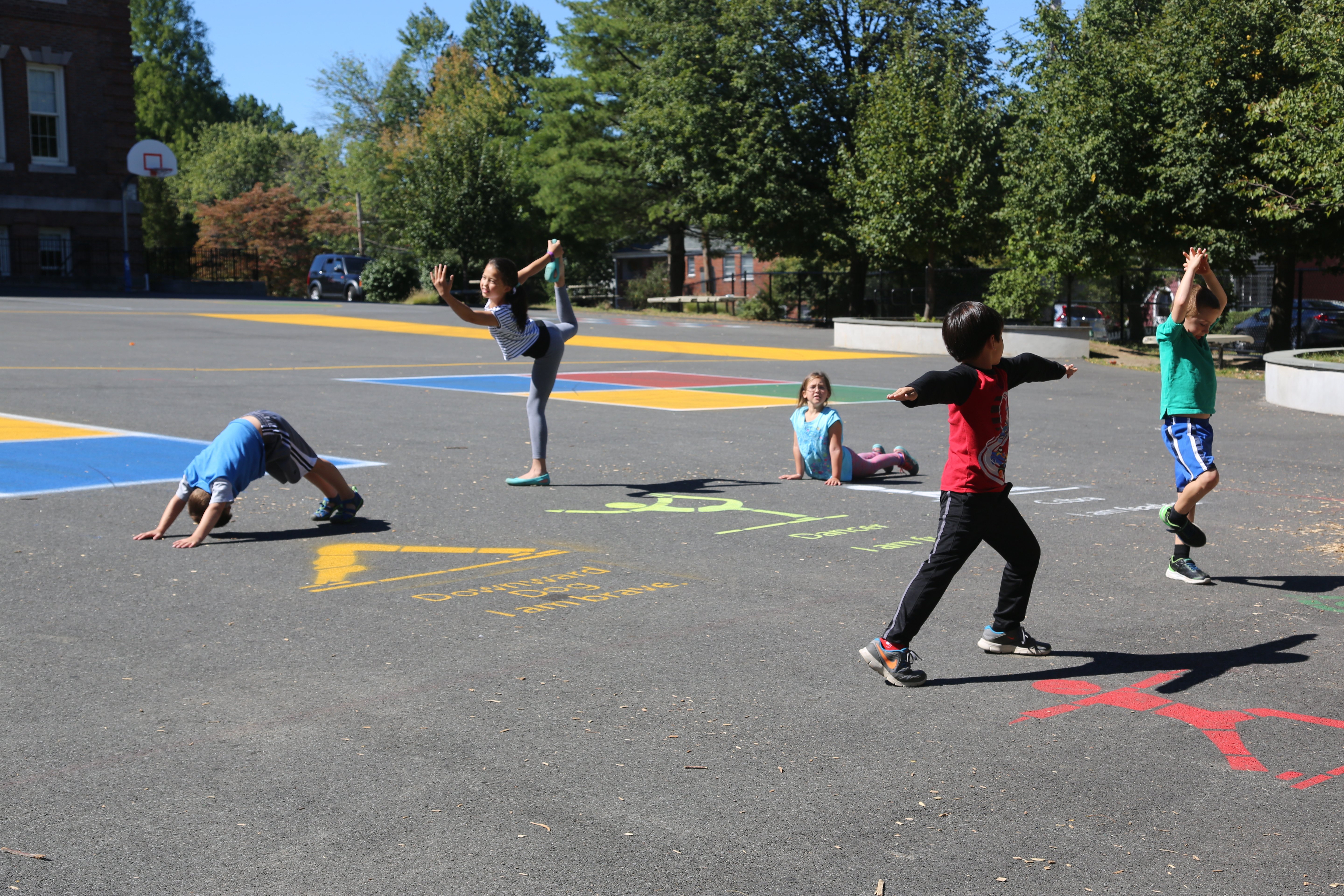
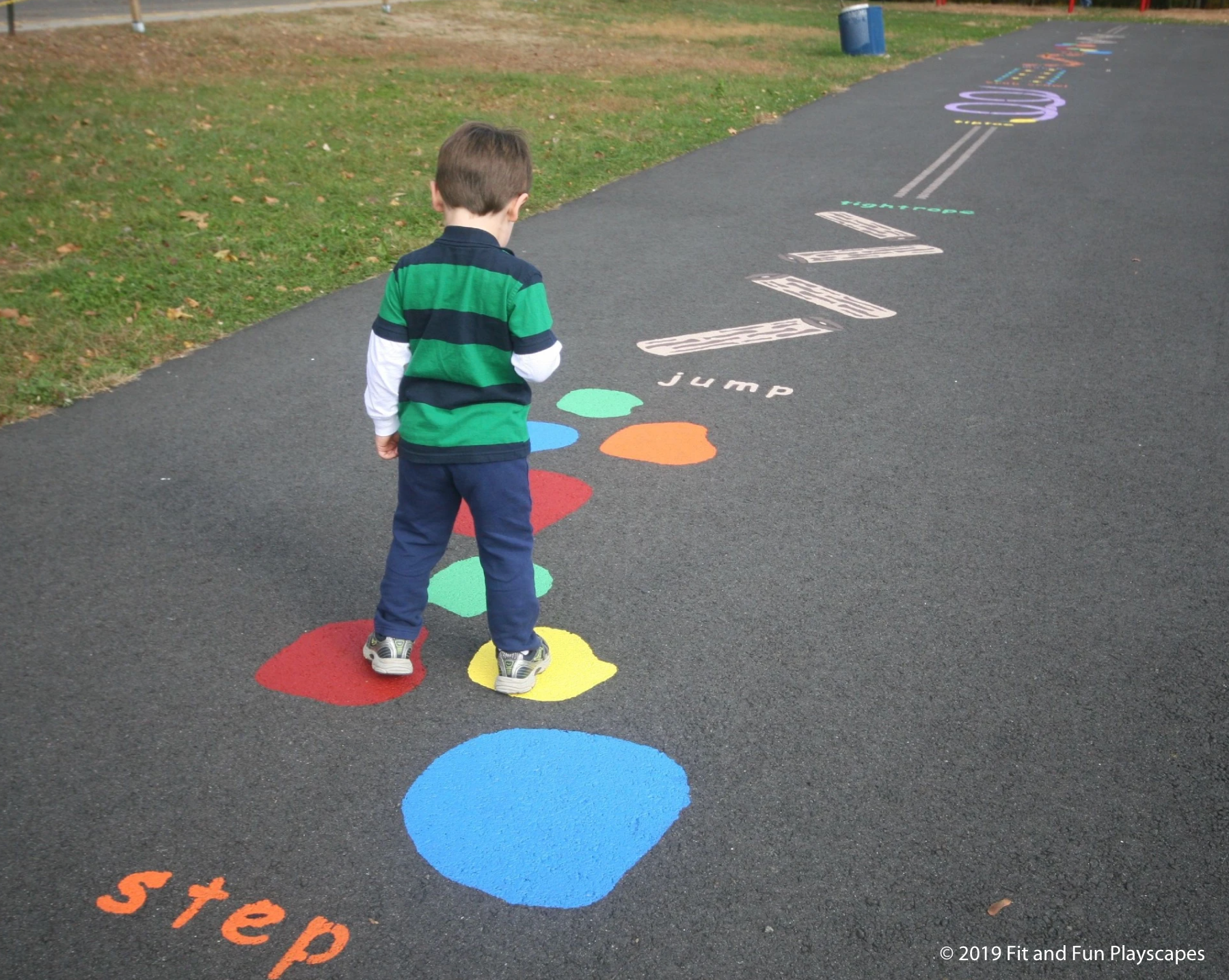

Leave a comment